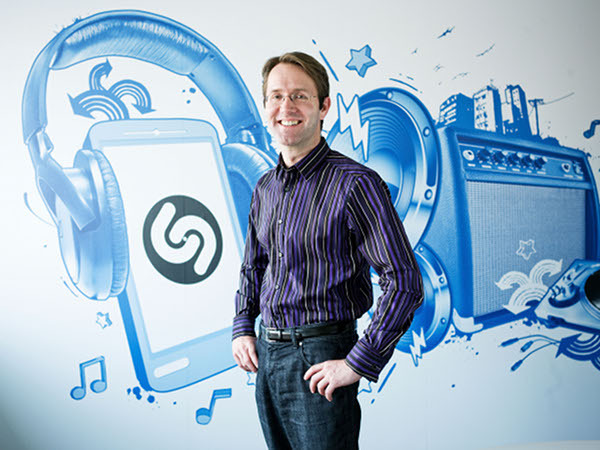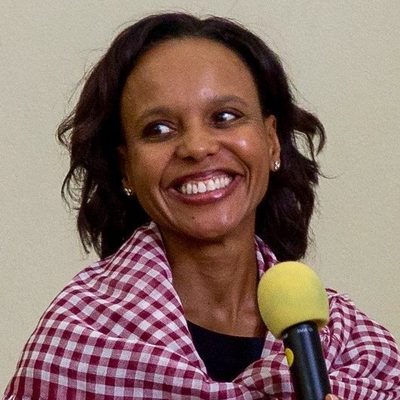

We’ve all heard songs on the radio that get stuck in our heads. We wish we’d caught the name or the artist. That was B.S. (Before Shazam). Today, thanks to Shazam’s music discovery service, we can discover and purchase songs on the spot, by simply pointing our phone towards the music source. The company has galvanized users around the world — it reported that it has passed the 100 million milestone.
But the road leading up to revenue bliss, was a long, winding and deserted one. Andrew Fisher, Shazam’s CEO, shares the story and the lessons learned.
Vision, trials and tribulations
The company’s history is one of great vision, tenacity, persistence and flexibility. Shazam was started 10 years ago by Chris Barton, Philip Inghelbrecht, Dhiraj Mukherjee and Avery Wang (who built the prototype of the technology with Stanford Professor Julius Smith). They tried to raise funding, but were not able to secure investors. Tenacious, they decided to pack their belongings and try their luck in Europe (where the mobile market was more advanced at the time). There they faced more difficulties, but eventually succeeded in finding investors in the UK. During this period the company came up with a string of new product inventions, but struggled to build market traction.
Pause, restart, search for business model
Fast-forward several years, new investors and a new team. The new management team reevaluated each product against a set of criteria to determine which one had legs and potential. They used the following criteria:
- Do we have a defensible technology?
- Is there a large market opportunity?
- What are the competitive solutions and barriers?
- Can we make good margins?
- What are the execution risks?
One product came out the clear winner: it was the mobile music discovery service Shazam sells today. The technology was solid and defensible; the TAM was large (estimated 10 Billion for digital music); new entrants faced high technology barriers (there were no significant competitors); margins could be healthy (charging 1$ per use); and they had a working product. Shazam’s team decided to focus on audio recognition for mobile phones, and kill all other products.
Next, they conducted a large number of customer validation meetings with mobile phone manufacturers and carriers, to determine if they saw the value and would be willing to distribute. The answers were: Yes and Yes. Macro trends were more favorable then. Carriers had started to enjoy success selling ringtones, and saw a potential to realize additional revenues. Mobile manufacturers saw an opportunity to differentiate their handsets with alluring services.
Sweet spot and explosive growth


They found that real-time discovery was important but not enough to carve out a superior value proposition. Buying a tune, once identified, was also cumbersome to users. They decided to bundle discovery and purchasing to fulfill the complete needs, and do so with utmost simplicity. Ironically Shazam made it so easy to buy digital music that some people use the service to purchase songs they already know are from Lady Gaga.
At the end of the day consumers want to buy digital music they like. And there is no better time than at the point of exploration, when they hear a song their like.
100 million users and beyond
Looking back, Shazam owes its success to a combination of people, vision and execution. The founding team had a compelling vision. Shazam’s management discipline in searching for a sweet spot and repeatable business model paid of; they turned the technology into a winning service. Macro factors also played a role, with the advance of unlimited data plans, iTunes and better handsets.
Having found a blockbuster; Shazam’s team is now working on the next product line, using the same objective process. They see a future beyond digital music and are making inroads into broadcast media and advertising, with some early successes.















